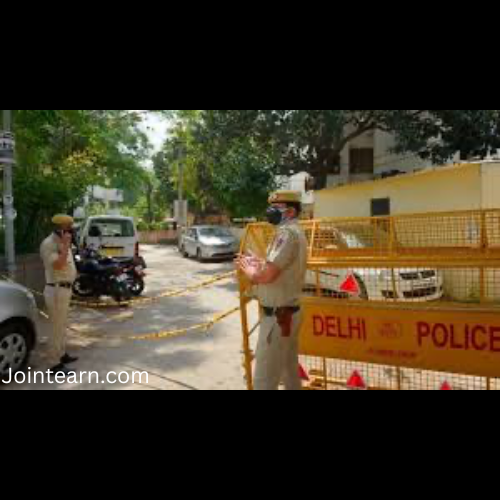A day after a tragic train collision in Chhattisgarh’s Bilaspur district claimed 11 lives, including that of the loco pilot, initial investigations have pointed to a failure by the passenger train crew to control the train at a danger signal, resulting in a catastrophic crash.
The incident occurred on Tuesday at around 4 pm, when a MEMU (Mainline Electric Multiple Unit) local passenger train rammed into the rear brake van of a stationary 59-wagon goods train. The collision’s impact was so severe that a coach of the passenger train ended up on top of a wagon of the cargo train, causing multiple fatalities and injuries.
Findings from the Preliminary Probe
A five-member expert team conducted the initial investigation, revealing that the MEMU train crew failed to control the train at danger signal AJ-5, leading to a Signal Passed at Danger (SPAD) violation. The train overshot the red signal and collided with the rear brake van of the stationary goods train, identified as train no. N/MDIT.
According to the report, the crew’s failure was due to not controlling the train “at the right time and right position” before the danger signal, directly contributing to the collision. Railway officials emphasised that the accident occurred purely due to human error at the operational level, rather than any reported track or signaling failure.
Sequence of Events
The MEMU train, consisting of eight coaches, had departed from platform number 2 at Gevra station at 3:48 pm, heading towards Bilaspur station. At 3:50 pm, just two minutes later, it collided with the rear brake van of the goods train standing at the next red signal.
The force of the impact was devastating. The brake van of the goods train capsized completely, while the MEMU train’s locomotive climbed onto one of the wagons of the goods train. Casualties included the loco pilot, who died during treatment, while the assistant loco pilot was hospitalized with injuries. Due to her hospitalization, a breath analysis testcould not be conducted on the assistant loco pilot to rule out alcohol or substance influence.
Next Steps
Following the preliminary findings, the Commissioner of Railway Safety has been tasked with conducting a detailed inquiry into the collision. The final report is expected to examine all contributing factors, including operational procedures, signaling protocols, and crew readiness, to provide recommendations for preventing such incidents in the future.
Railway authorities have also reiterated the need for strict adherence to signals and operational discipline, emphasizing that overshooting red signals can have catastrophic consequences.
The Bilaspur collision, coming amid increasing scrutiny of train safety in India, highlights the ongoing challenges in ensuring compliance with safety protocols, crew training, and real-time monitoring to prevent accidents that endanger passengers and railway staff.


Leave a Reply